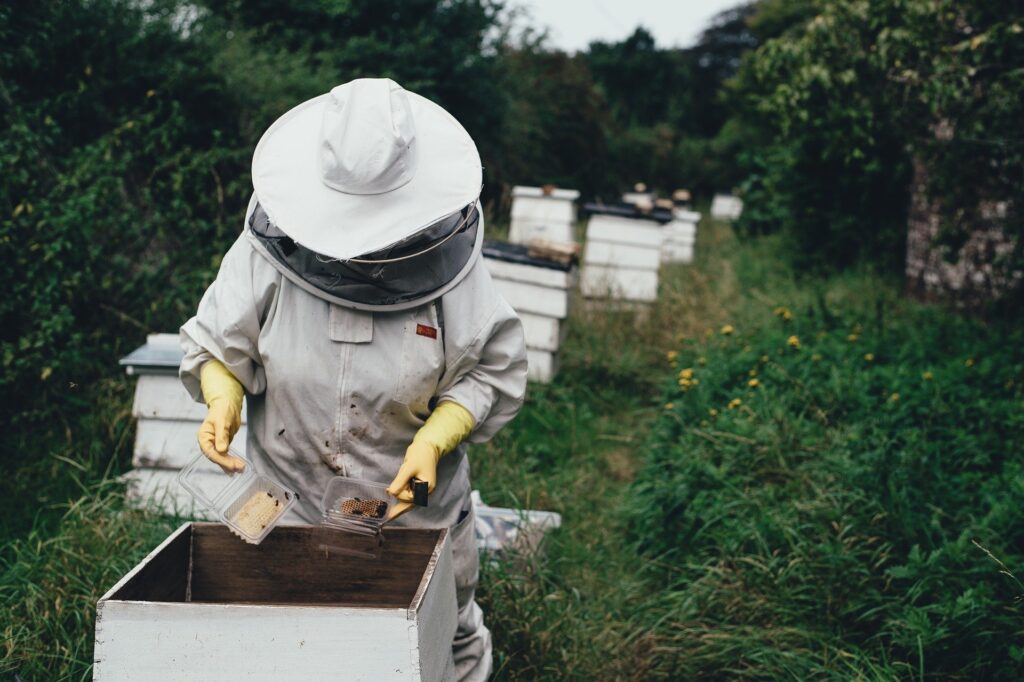
Beekeeping, a practice revered for its importance in pollination and honey production, is often perceived as a tranquil and idyllic hobby. But have you ever wondered just how labor-intensive this ancient craft truly is? From maintaining hives to harvesting honey, beekeeping demands a significant amount of time, effort, and dedication. In this article, we will explore the intricacies of beekeeping and shed light on the labor involved in nurturing these industrious creatures for the benefit of our environment and sweet tooth alike.
What is Beekeeping?
Definition of beekeeping
Beekeeping, also known as apiculture, is the art and science of raising honeybees for the purpose of producing honey, beeswax, and other bee-related products. Beekeepers, or apiarists, create and maintain artificial hives for bees to live in and thrive. They carefully manage and nurture the bee colonies to ensure their health and productivity. Beekeeping is not only a hobby but also a vital practice for agriculture and ecosystem sustainability.
Importance of beekeeping
Beekeeping plays a crucial role in our ecosystem and food production. Bees, as pollinators, are responsible for pollinating over 70% of the flowering plants that provide food for humans and wildlife. They facilitate the reproduction of crops such as fruits, vegetables, nuts, and oilseeds. Without bees, our food diversity would decline, impacting both the availability and affordability of many nutritious foods. Additionally, bees contribute to the biodiversity of our natural environment and help maintain the balance of ecosystems. Beekeeping, therefore, is essential for promoting food security and environmental sustainability.
Preparation for Beekeeping
Acquiring knowledge and skills
Before embarking on your beekeeping journey, it is important to acquire a good understanding of bee biology, behavior, and hive management techniques. You can start by reading books, attending beekeeping classes, or joining local beekeeping associations. Learning from experienced beekeepers and participating in hands-on training sessions will provide invaluable insights into the practical aspects of beekeeping.
Obtaining necessary equipment
To successfully keep bees, you will need a variety of essential equipment. This includes bee suits, veils, and gloves for personal protection, as well as hive components such as frames, supers, hive tools, and smokers. It is advisable to invest in high-quality equipment that ensures the safety and comfort of both the beekeeper and the bees. Additionally, you will need specialized honey extraction equipment when it’s time to harvest the honey.
Creating suitable hive environment
creating a suitable environment within the hive is crucial for the well-being of the bees. This involves choosing the right hive design, such as Langstroth, top-bar, or Warre hives, and providing adequate space, ventilation, and insulation. Proper hive management techniques, such as regular cleaning, hive manipulation, and frame rotation, are essential for maintaining a healthy hive environment.
Establishing suitable hive location
Selecting an appropriate location for your bee hives is essential for the success of your beekeeping venture. Bees thrive in areas with access to diverse sources of nectar and pollen, away from major pesticide usage. A location with ample sunlight and protection from strong winds is ideal. Additionally, it is important to ensure that your hives are not a nuisance to your neighbors, so choosing a spot that is not too close to residential areas is advisable.
Preparing food sources for bees
Bees require a consistent and abundant supply of nectar and pollen throughout the year. Planting a diverse range of flowering plants and trees, including bee-friendly varieties, will help provide a sustainable food source for your bees. This can include sunflowers, lavender, clover, and fruit trees. By creating a bee-friendly environment, you not only support your colonies but also contribute to the overall health of the bee population in your area.
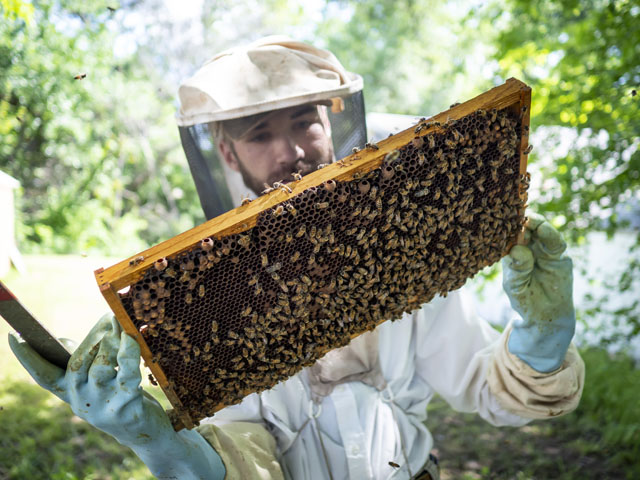
Beekeeping Tasks and Responsibilities
Beekeeping involves a range of tasks and responsibilities that must be carried out regularly to ensure the well-being and productivity of the bee colonies.
Regular hive inspections
Regular inspections of the hive are necessary to monitor the health, behavior, and population of the bees. During inspections, beekeepers check for signs of disease, pests, and queen quality. They also ensure that the bees have enough space, food, and ventilation. It is important to handle the frames gently and minimize disruption to the bees to prevent stress and agitation.
Monitoring and managing bee health
Bee health is of utmost importance in beekeeping. Regular monitoring and observation help identify any signs of disease or infection early on. This includes checking for symptoms of common bee diseases such as varroosis, foulbrood, or chalkbrood. If any issues are detected, appropriate measures need to be taken promptly to prevent the spread and impact on the overall colony health.
Preventing and treating diseases
Beekeepers need to be vigilant in preventing and treating diseases that can affect their colonies. This involves maintaining good hygiene practices, sterilizing equipment, and implementing appropriate disease management strategies. It may include the use of organic treatments, natural remedies, or, in severe cases, consulting with a local bee inspector or veterinarian for professional advice.
Ensuring proper nutrition
Ensuring that bees have access to a balanced and nutritious diet is crucial for their overall health and productivity. Beekeepers need to monitor the availability of nectar and pollen sources and supplement when necessary. This can be done through sugar syrup feeding or providing pollen substitutes during periods of nectar scarcity. Proper nutrition enhances the bees’ immune systems, increasing their resistance to disease and stress.
Preventing and managing pests
Pests such as varroa mites, wax moths, and small hive beetles pose a significant threat to bee colonies. Beekeepers must implement effective pest management strategies to control their populations and minimize damage to the hives. This may involve the use of integrated pest management techniques, such as using screened bottom boards, organic treatments, or mechanical methods. Regular monitoring and early intervention are vital in preventing pest infestations.
Queen management
The queen bee is the heart of the colony, responsible for laying thousands of eggs and ensuring the growth of the colony. Beekeepers need to monitor the health and productivity of the queen and take necessary actions to replace her if she becomes weak, unproductive, or dies. Queen management includes techniques such as requeening, queen cell management, and swarm prevention to maintain a strong and productive colony.
Monitoring and reducing swarming
Swarming is a natural reproductive behavior of honeybees. While it is a fascinating phenomenon, it can lead to the loss of valuable bees and disrupt hive productivity. Beekeepers need to carefully monitor the colony’s population and signs of swarming and take preventive measures to minimize swarming. Techniques like swarm control, providing enough space, and regular hive inspections help manage this aspect of beekeeping.
Supering and honey harvesting
Beekeepers look forward to the moment when the bees have produced an ample supply of honey. Adding supers, or additional boxes, to the hive allows bees to store surplus honey. Once the honey is ready for harvest, beekeepers carefully remove the frames, ensuring not to harm the bees, and extract the honey for human consumption. This process requires precision and proper handling to maintain the quality of the honey.
Extracting and processing honey
Once the honey is harvested, it needs to be processed and prepared for consumption or sale. Beekeepers need to carefully extract honey from the frames, remove any impurities like beeswax or debris, and filter it to achieve a clear, marketable product. Depending on personal preferences, honey may also be creamed or flavored before packaging and labeling.
Maintaining hive equipment
Regular maintenance of hive equipment is crucial to ensure its longevity and functionality. Beekeepers need to clean and sterilize hive components, repair or replace damaged or worn-out parts, and regularly inspect for signs of wear and tear. Properly maintaining hive equipment not only contributes to the well-being of the bees but also reduces the risk of equipment failure.
Record-keeping
Keeping accurate and detailed records is fundamental to successful beekeeping. This includes maintaining records of hive inspections, monitoring data, pest control measures, honey harvests, and any significant events or observations. Records help beekeepers track the progress of each colony, make informed management decisions, and evaluate overall beekeeping performance.
Labor Requirements throughout the Year
Spring
Spring is a busy time for beekeepers. It is when the bees start to build up their populations and forage for nectar and pollen. Beekeepers need to closely monitor colony growth, conduct regular hive inspections, and manage the queen to ensure a strong and productive hive during the upcoming honey flow. Spring is also a time for disease prevention and pest management, as well as swarm control measures.
Summer
Summer is the peak season for beekeeping, as it is when the bees are most active and honey production is at its highest. Beekeepers need to continue monitoring colony health, manage pests and diseases, and ensure an adequate food supply for their bees. Regular hive inspections, honey supering, and maintaining the hive environment are essential tasks during this time.
Fall
Fall is a time of preparation for the bees to survive the winter months. Beekeepers need to assess the overall health and strength of their colonies, ensuring they have sufficient food reserves for the winter. This may involve supplementary feeding or leaving adequate honey stores for the bees. Fall is also a time for mite treatments, winterizing hives, and preparing the equipment for the upcoming dormant period.
Winter
Winter is a relatively quieter period for beekeepers, as the bees are in a state of dormancy. However, monitoring the hive’s weight and insulation are essential to ensure the bees have enough food and protection from extreme cold. Pest control measures, equipment maintenance, and planning for the upcoming season are also part of a beekeeper’s winter responsibilities.
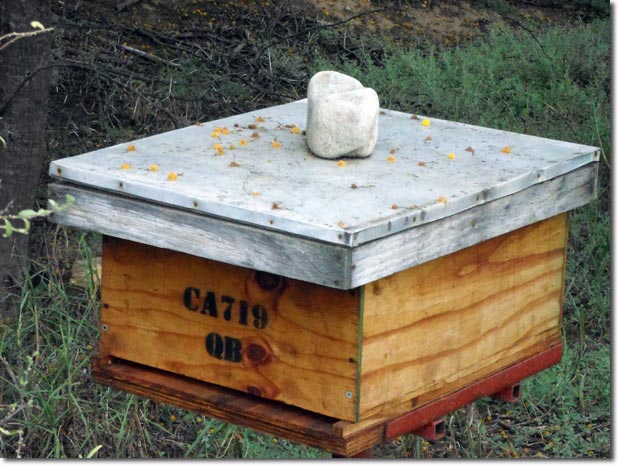
Time Commitment
Daily
Beekeeping requires some level of daily commitment, especially during the peak seasons. Daily tasks may include observing hive entrances for signs of activity, checking water sources, monitoring hive conditions, and ensuring general hive security. Daily observation allows beekeepers to promptly detect any emerging issues and take necessary actions to safeguard the bees’ well-being.
Weekly
Weekly tasks typically involve conducting hive inspections, assessing colony growth, and managing pest and disease control measures. Beekeepers may need to attend to frame rotations, honey supering, and general maintenance of the hive equipment. The frequency and intensity of weekly tasks may vary depending on the season and specific beekeeping goals.
Monthly
Monthly tasks may include reviewing hive records, analyzing hive performance, and identifying any emerging patterns or trends. Beekeepers may also need to engage in ongoing education and staying updated on the latest research and best practices in beekeeping. Monthly tasks contribute to a comprehensive understanding of bee behavior, colony health, and potential improvements in beekeeping methods.
Seasonal
Seasonal tasks encompass the comprehensive management activities required during each season, as discussed earlier. These tasks involve adapting to the changing needs of the bees, ensuring their well-being, and maximizing honey production. The time commitment required for seasonal activities is typically more intensive but spaced out over several weeks or months.
Physical Demands of Beekeeping
Lifting and carrying heavy boxes
Beekeeping can involve lifting and carrying heavy boxes filled with honeycombs, frames, and supers. It is essential to use proper lifting techniques, such as bending at the knees and using your legs to lift, to prevent strains or injury. Alternatively, beekeepers can invest in equipment like hive carriers or wagons to assist with the transportation of heavy hive components.
Working in extreme weather conditions
Beekeeping often involves working in various weather conditions, including extreme heat, cold, or inclement weather. Beekeepers must be prepared to work outdoors and adapt to the challenges presented by the weather. Wearing appropriate protective clothing, hydrating, and taking breaks when necessary are essential for ensuring personal comfort and safety while tending to the bees.
Necessary protective clothing
Protective clothing is a crucial component of beekeeping, providing necessary protection against bee stings. Bee suits, veils, and gloves are commonly worn to shield the beekeeper from direct contact with bees and to minimize the risk of allergic reactions. It is important to ensure that protective clothing fits properly and is in good condition to provide maximum effectiveness.
Handling and manipulating bees
Working with bees requires careful handling and manipulation techniques to ensure both the beekeeper’s safety and the bees’ well-being. Beekeepers should be comfortable with approaching and handling bees gently and confidently. Proper techniques for inspecting hives, moving frames, and identifying the queen are essential skills that minimize stress and reduce the risk of harming the bees.
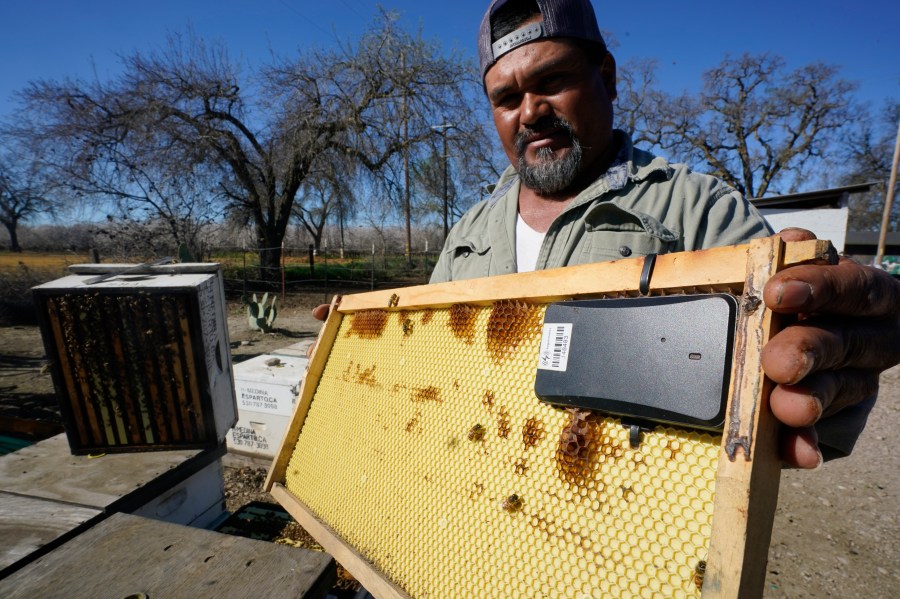
Hazards and Risks
Bee stings
Bee stings are an inherent risk in beekeeping due to the close proximity to bees. Although most bee stings result in temporary pain and discomfort, some individuals may have allergic reactions that require immediate medical attention. Beekeepers must always be prepared to manage bee stings by carrying appropriate medication, such as an epinephrine auto-injector, and having a plan for seeking medical assistance if needed.
Allergic reactions
Beekeepers should be aware of the possibility of developing bee sting allergies. It is important to monitor personal reactions to bee stings, especially during the early stages of beekeeping. If any signs of an allergic reaction, such as difficulty breathing, hives, or swelling, occur, it is crucial to seek medical advice promptly and take necessary precautions to prevent future exposure.
Infections and diseases
Working closely with bees and their hives can expose beekeepers to potential infections and diseases. By following good hygiene practices, such as washing hands thoroughly after handling bees or hive equipment, beekeepers can minimize the risk of bacterial or viral infections. Regular vaccination against tetanus is also recommended as an extra precaution.
Exposure to chemicals
Chemicals, including pesticides and treatments used for pest control, can pose a risk to both bees and beekeepers. Beekeepers must ensure that they follow integrated pest management practices and use treatments that are safe for bees and the environment. It is important to wear appropriate protective gear, such as gloves and masks, when handling chemicals and to carefully read and follow all product labels and instructions.
Labor-saving Techniques and Tools
Use of modern equipment
Modern beekeeping equipment has significantly improved over the years, making certain tasks more efficient and less labor-intensive. Equipment such as honey extractors, frame holders, and electric uncapping knives simplify the honey extraction process. Beekeepers can also invest in bee-friendly technologies, such as hive sensors and monitoring systems, to track hive conditions and health remotely.
Automated hive systems
Automated hive systems, like robotic honey extractors and beehive scales, are emerging technologies that reduce the need for manual labor in certain beekeeping tasks. These systems can automatically extract honey or provide valuable real-time data on hive weight and environmental conditions. While automated systems can streamline certain aspects of beekeeping, it is important to strike a balance between technological advancements and maintaining a hands-on approach for comprehensive hive management.
Integrated Pest Management (IPM)
Adopting Integrated Pest Management (IPM) practices can help reduce the labor-intensive nature of pest control. IPM emphasizes proactive and holistic approaches to pest management, including cultural, biological, and chemical control methods. By implementing IPM, beekeepers can minimize the reliance on labor-intensive methods and ensure the long-term health and sustainability of their colonies.
Smart hive technology
Smart hive technology utilizes sensors and data analytics to monitor and manage hive conditions, reducing the need for frequent manual inspections. These systems can provide real-time data on temperature, humidity, and population trends within the hive. By using smart hive technology, beekeepers can optimize their hive management strategies and make informed decisions based on accurate and up-to-date information.
Adopting best management practices
Adopting best management practices in beekeeping can help streamline tasks and improve overall efficiency. This includes staying updated on the latest research and recommendations, attending educational programs, and seeking guidance from experienced beekeepers. By adopting best practices, beekeepers can effectively manage their apiaries and reduce unnecessary labor or errors.
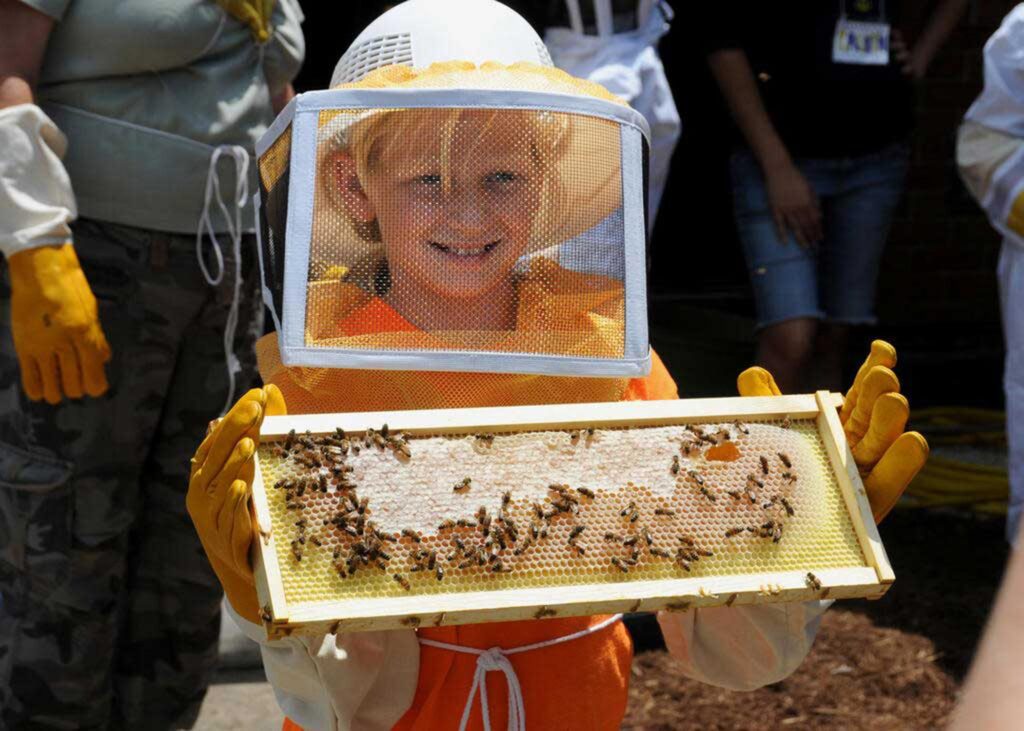
Costs and Returns of Beekeeping
Investment in equipment and bees
Beekeeping requires an initial investment in equipment and bees. The cost of equipment varies depending on the desired hive setup, number of hives, and quality of materials. This includes purchasing hives, frames, protective clothing, tools, feeders, and extraction equipment. Additionally, acquiring bees can involve purchasing packages, nucs, or catching swarms. While there are upfront costs associated with beekeeping, these investments can have long-term returns.
Operational costs
Operational costs in beekeeping include ongoing expenses such as feeding bees, medications, treatments, beekeeping supplies, and honey extraction costs. Variable costs may also arise from purchasing additional equipment, expanding bee colonies, or investing in bee-friendly technologies. It is important to consider these operational costs when evaluating the financial viability of beekeeping as a long-term endeavor.
Potential income sources
Beekeepers have the potential to generate income from various sources. The primary source of income is typically the sale of honey, beeswax, and other hive products such as pollen or propolis. Some beekeepers also offer pollination services to local farmers, providing an additional revenue stream. Other income sources can include selling nucleus colonies, renting bees for crop pollination, or offering educational programs and workshops. The potential for income generation can vary based on factors such as beekeeping scale, local market demand, and the availability of niche products.
Conclusion
Beekeeping is a rewarding and fulfilling endeavor that requires dedication, knowledge, and a deep appreciation for bees and their vital role in our ecosystem. While it may involve significant labor and time commitments, the benefits, both environmental and personal, make it a worthwhile pursuit. By understanding the various tasks, responsibilities, and risks involved in beekeeping, you can embark on your beekeeping journey with confidence and a friendly buzz.
